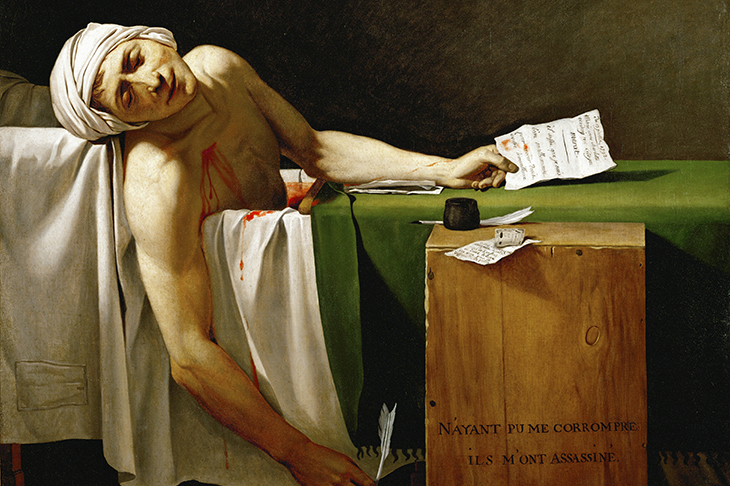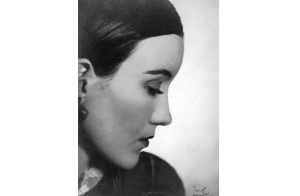The reader of Edward Carey’s Little must have a tender heart and a strong stomach. You will weep, you will applaud, you will wonder if your nerves can take it, but most of all you will shudder. In this gloriously gruesome imagining of the girlhood of Marie Tussaud, mistress of wax, fleas will bite, rats will run and heads will roll and roll and roll. Guts’n’gore galore: I bloody loved it.
Carey, author of the children’s Iremonger Trilogy, tells his tale with gusto. If this is a fairy story then Marie is more Rumpelstiltskin than Rapunzel. Her nose is hooked, her chin pointed, her eyes short-sighted. Even in womanhood she is tiny. They don’t call her Little for nothing.
Little Marie with big dreams. Or should that be nightmares? The chapters on the Terror — the Conciergerie, the guillotine, the flies turning the streets black —are hard to wash off. In his recreations of Berne, Paris, Versailles and London, Carey has written a Dickensian world as styled by Tim Burton. Little is no Nell. She’s a Pip, a David Copperfield, a twisted Oliver. The living are no less grotesquely fascinating than the waxworks. Meet the weeping widow Picot, still in love with a stuffed tailor’s doll of her dead husband. Meet Jacques Beauvisage, the boy who howls with the city’s dogs. Meet Doctor Curtius, expert in anatomy, thin as a skeleton himself. ‘We’ll trap barbarity in wax!’ cries the doctor when they first start casting murderers. Meet Louis XVI, King of Locksmiths. Meet the grieving monkey man of the Hôtel Singe. Meet Jean-Paul Marat — oops, too late — scabbed and stabbed in his bath, murdered by Charlotte Corday’s serrated breadknife. Meet hearts, meet spleens, meet scapulae, laid out on beds of red velvet.
Unlike, say, William Boyd’s Love is Blind, which gives you the mechanics of piano-tuning in fin-de-siècle Paris in the manner of the Open University, Carey teaches the face-makers’ art with lip-smacking relish. Here is the beeswax, here the straws up nostrils, here the peeled orange skins rolled over clay to make pores, here the votive organs left in side chapels to cure revolting peasants. And unlike, say, portentous Prague in Sarah Perry’s Melmoth, in Carey’s subtle, modeling hands, Paris is gay and gloomy, debauched and deathly, fabulous and fearful. Marie is the eyes, ears and hold-your-nose of this book, a delightful guide to a mad, macabre world.
This article was originally published in The Spectator magazine.


















